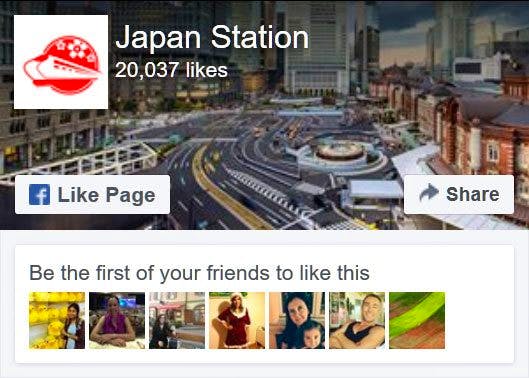The Shitamachi Museum is a museum in Ueno Park which is dedicated to the culture and history of Tokyo’s downtown district, which is called Shitamachi in Japanese. This is a friendly museum which appears relatively small on the outside, but which inside is packed with such accurate and detailed recreations of historical streetscapes and living spaces that you may feel like you have travelled back in time.
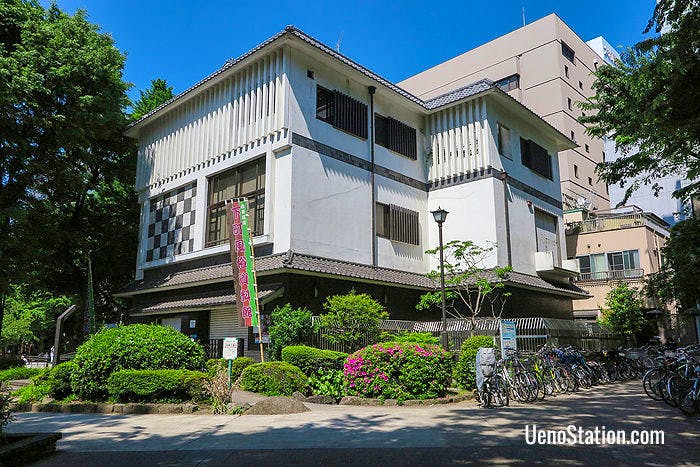
The Shitamachi Museum
What is Shitamachi?
Tokyo’s Shitamachi is located in the eastern lowlands of the city and was traditionally the home of the lower classes, which included ordinary working people, merchants and craftsmen. The city’s upper classes lived on higher ground in the hillier western areas of the city that were collectively called Yamanote. Ueno is historically a Shitamachi area, although the area around Ueno Park has now acquired an air of sophistication because of its many art museums and cultural facilities. The Shitamachi Museum was opened in 1980 to preserve and record the lifestyle and traditions of the Shitamachi district. It has a particular focus on Taito ward (which includes Ueno and Asakusa) and showcases the social history of this area through the Meiji (1868 – 1912), Taisho (1912 – 1926) and Showa (1926 – 1989) eras.
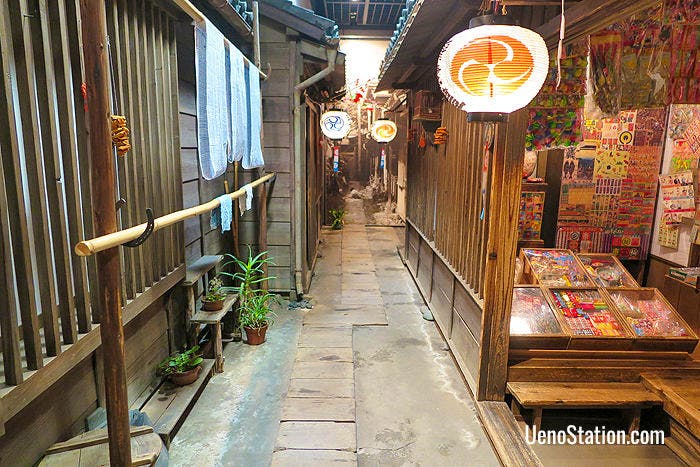
A recreated tenement alleyway with a dagashiya sweet shop on the right
The First Floor
On the first floor of the Shitamachi Museum is a beautifully recreated neighborhood of Taisho era Tokyo. There is a large merchant’s shop facing a street, a narrow alleyway lined with a nagaya (or tenement building), a communal well, and inside the nagaya are several shops, workshops, and apartments. Visitors can step inside these recreated buildings and handle the tools and household items that would have been used at the time. To enhance the authenticity of the scene this exhibition space keeps time with the seasons, with different festival decorations put on display at appropriate times of the year.
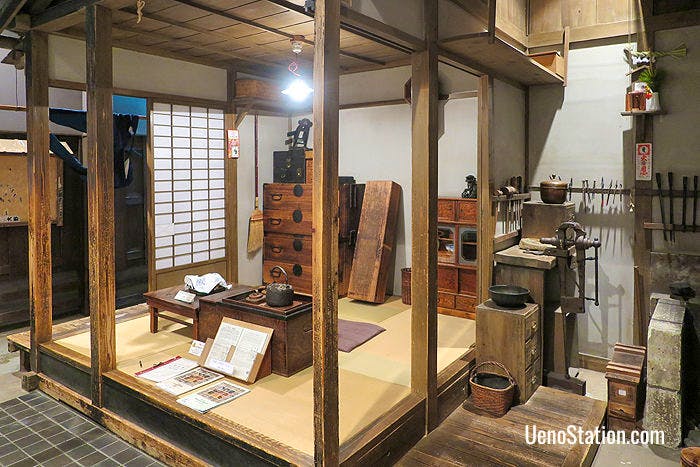
A recreated doko-ya or coppersmith’s workshop
The Second Floor
The second floor is a more conventional exhibition space with displays of old-fashioned toys and games, and materials related to seasonal festivals. Another section exhibits photographs and artifacts that show how both everyday lifestyle and Tokyo’s cityscape have changed through periods marked by disasters such as the Great Kanto Earthquake in 1923 and the Second World War.
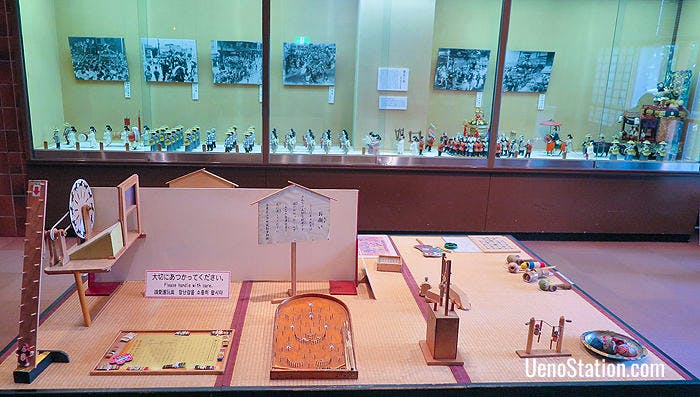
A display area on the 2nd floor with toys in the foreground
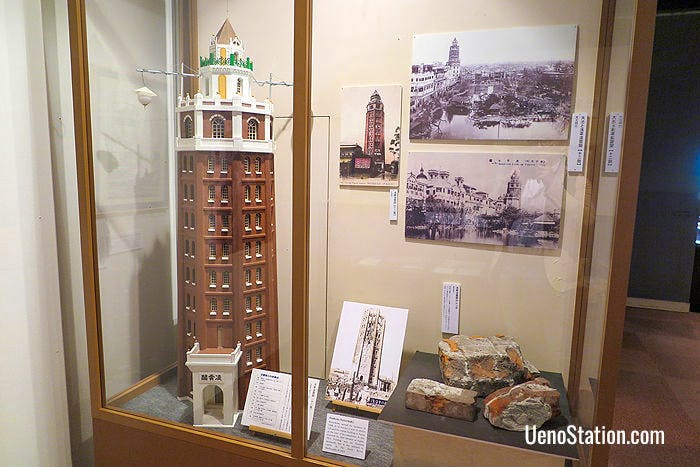
A model of the Ryounkaku Tower with bricks from the actual tower. This was a famous landmark of the Asakusa district until it fell in the earthquake of 1923
Also on this floor are a life-sized recreation of the entrance to a public bath house, and a recreated living room from the 1950s showing the revolutionary household items of that era such as a TV, radio, telephone, and an electric rice cooker.
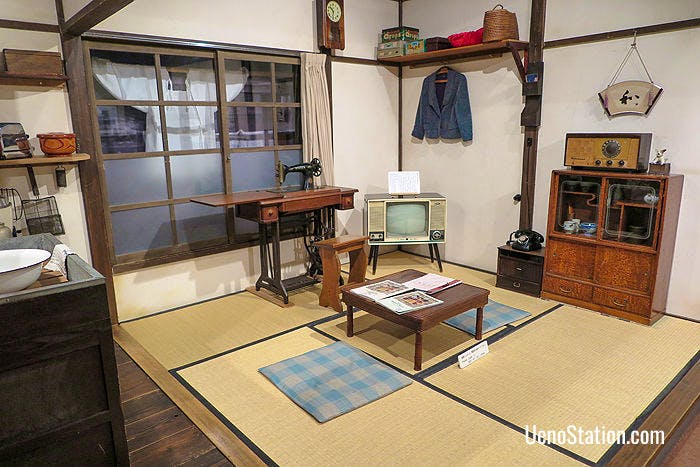
A recreated living room from the 1950s
General Facilities
The museum offers a free English language tour of the facilities which is worth taking if you would like an in-depth understanding of the exhibits and the friendly guide will happily answer all your questions. There are also brochures at reception written in French and English which give a good introduction to the museum’s contents, and there is plenty of written English language information with each of the displays too. On weekends kamishibai style storytelling performances are given with colorful pictures, and demonstrations of traditional crafts are given by local artisans. There is also a small souvenir section by the reception desk where you can buy some postcards, and pictorial history books that will make a nice memento of your visit.
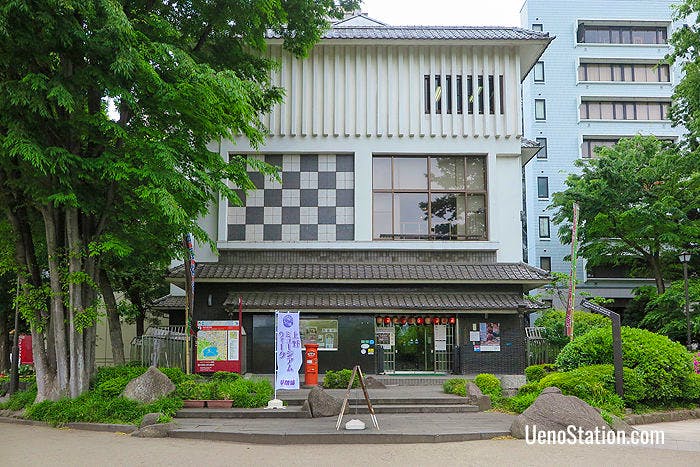
The front entrance to the museum
Location
The Shitamachi Museum is located on the eastern bank of Shinobazu Pond in the southern part of Ueno Park. It is a 5 minute walk from the Shinobazu Exit of JR Ueno Station, 3 minutes from Keisei Ueno Station, and 5 minutes from Ueno Subway Station on the Tokyo Metro Hibiya and Ginza lines. Here is a map showing its location.
Opening Hours: 9.30 – 16.30 (Last entry at 16.00)
Closed on Mondays (unless Monday is a national holiday when it will close on the following Tuesday instead) and closed from December 29th – January 1st.
Admission:
Adults: 300 yen
Children (senior high school age and younger): 200 yen
Free for people with a certified disability and for their caregivers.
Article and original photos by Michael Lambe. All rights reserved.
